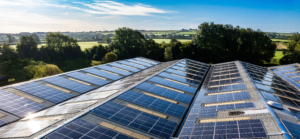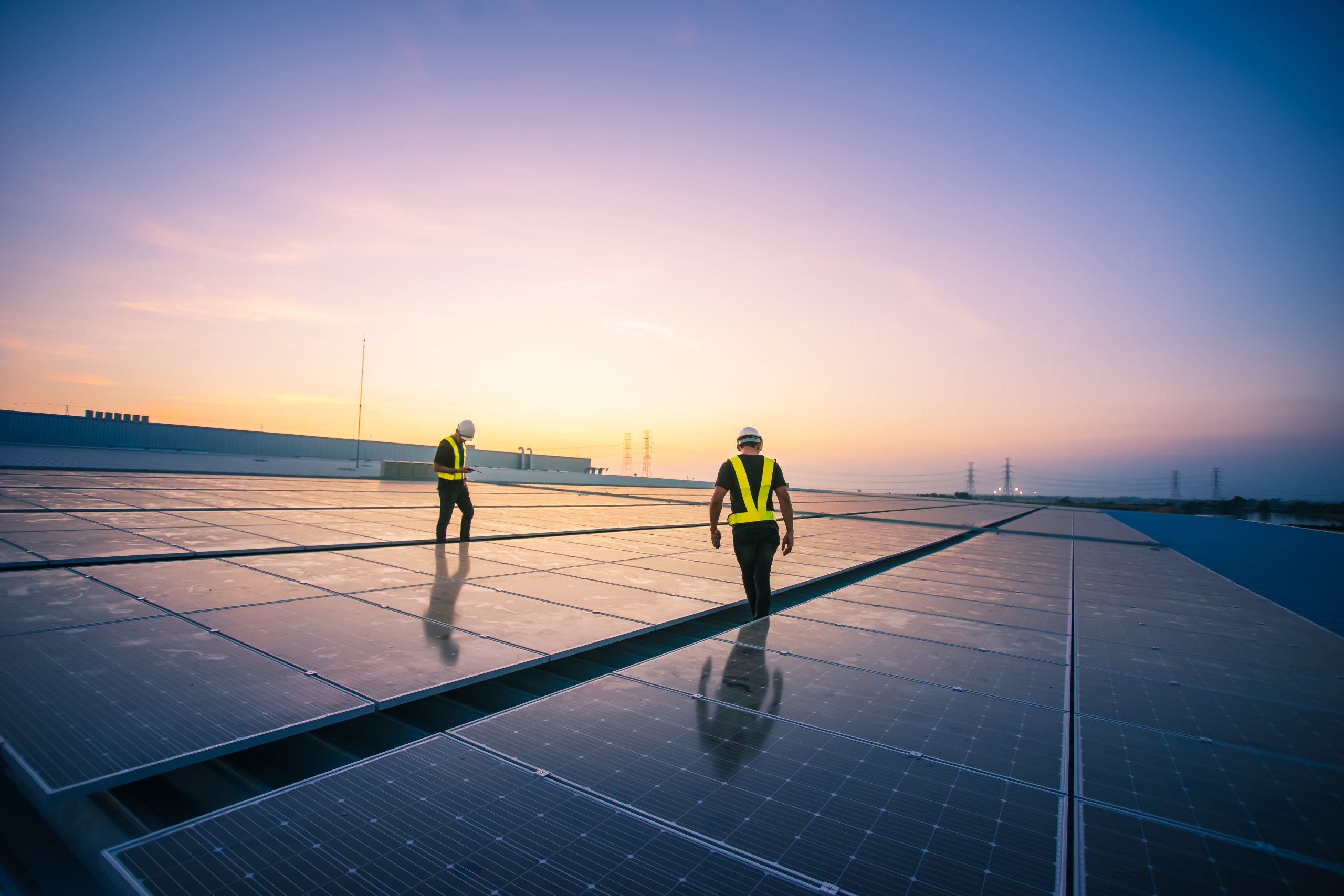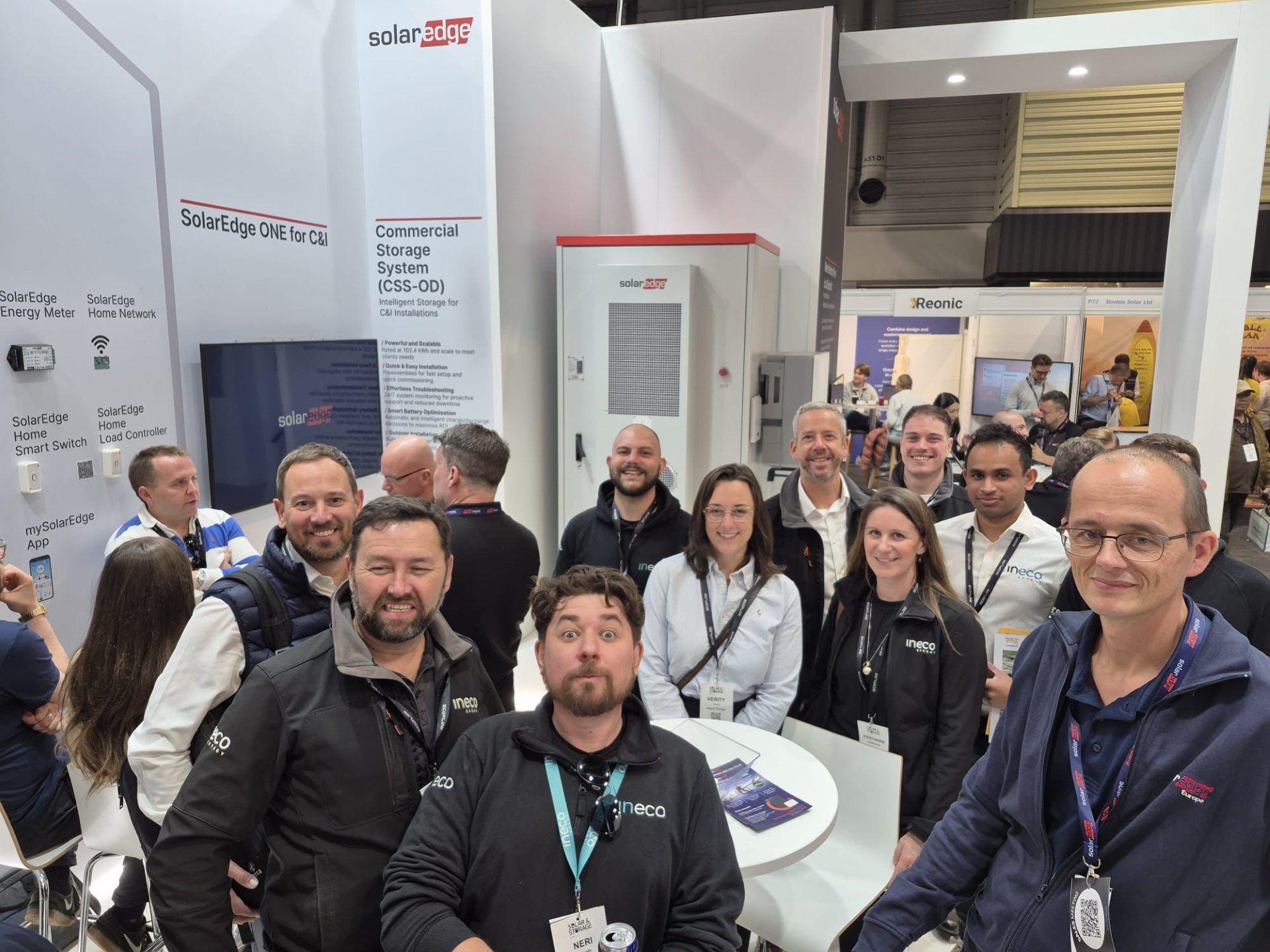Intro
Commercial solar panels are a fantastic financial investment, providing an opportunity to benefit from long-term, double-digit returns for the next 25+ years. It’s no wonder more businesses are turning to commercial solar panels to power their operations as part of their journey towards Net Zero.
However, as with all investment opportunities, there is risk associated. Therefore, we’ve outlined a few key considerations to help protect your solar investment. Ultimately, it is always advisable to work with a reputable solar partner who can guide you through the process.
1. Funding Options
Solar PV is the cheapest form of electricity in history according to the IEA, 2020 (1). Therefore, it makes sound financial sense to invest in solar. However, there are various ways to benefit from commercial solar panels which we have outlined below:
-
CapEx
CapEx or self-funded solar investment is where a client will pay with their own money and take all the rewards of investing in a commercial solar panel system. Payback periods are typically from 2-5 years, with double-digit returns and an equivalent electricity rate of 3-5 p / kWh.
-
Asset Finance
Cash flow positive Asset Finance can enable you to benefit from solar PV without the capital expenditure. We work alongside a select network of solar finance partners who will tailor finance solutions to meet your objectives. Typically, Asset Finance is repaid over a 5–10-year term providing financial & environmental savings from day one at an equivalent electricity rate of 5-7 p / kWh.
-
Solar Power Purchase Agreement (PPA)
A Solar PPA is where a funder will own, operate & maintain a solar panel system on your roof and sell you back the power produced at a discounted rate. Typically a Solar PPA is a longer term agreement of 15-25 years that delivers economic & ecological savings from day one at the equivalent electricity rate of 7-10 p / kWh.
When investing in solar, it may be worth exploring whether there are any grants or tax reliefs (2) available, as these may significantly impact the business case.
2. System Design
Understanding your building’s electricity consumption, considering historic and potential future usage, is incredibly important when it comes to sizing your solar system. The most lucrative solar investments are designed to maximise the amount of solar generation used on site, which generates around a 25p / kWh saving compared to exporting back to the grid, with a benefit of around 5 p / kWh. Therefore, at present, it is 5 times more lucrative to use the energy generated on site than export to the grid.
When designing a solar panel system, your trusted solar partner must assess and evaluate several site-specific considerations of your building, such as the roof orientation, inclination, roof furniture and the horizon for shading purposes, to ensure the solar system harnesses the most amount of solar energy available. Striking the appropriate balance of quality and cost, as per your objectives, and ensuring compliance with various industry standards and guidelines such as the IET, BS and HSE to name a few.
As part of the technical design, consideration should also be given to the ongoing operation & maintenance of the system, its ability to be monitored and safely maintained is essential at the design stage to ensure the long-term success of any solar PV project.
3. Grid Connection
All solar installations require permission to connect to the electricity grid, which is run by the Distribution Network Operator (DNO). The DNO must protect the network to ensure that the lights stay on, and are currently undergoing a transition towards a smarter, decarbonised, decentralised electricity network. At the time of writing, there are three types of grid connection applications:
- G98 – Residential connections for Microgeneration schemes.
- G99 – Commercial & industrial connections for larger scale generation scheme.
- G100 – Export Limitation Schemes for the above connections that limit the amount of electricity that flows back onto the grid.
These regulations govern how commercial solar panels can safely be connected to the grid. The application process is often the longest lead time within a solar project and can take anywhere from 3-12 months depending on the type of application and local grid constraints.
4. Planning Permissions
A common misconception is that because solar PV panels are deemed a ‘permitted development’(3), then a planning application isn’t required.
Condition J.4 (2) Class J (c) states that “the developer must apply to the local planning authority for a determination as to whether the prior approval of the authority will be required…”
In reality, most systems do not require prior approval, so long as it complies with the permitted development regulations, but it is a step in the process that can take several weeks and can have a significant impact on a commercial solar project programme.
5. Structural & Roof Condition Assessments
The risk of structural failure is a rare but serious concern. Consideration must be given to the added weight, climate, and maintenance loads of solar PV systems for now and the future.
To mitigate this risk, we work with an independent structural engineering firm that has a team of qualified and competent structural engineers who assess all our projects. These professionals perform detailed site surveys assessing all the relevant factors and evaluating the impact of the proposed PV system with detailed calculations. This provides peace of mind and compliance with Building Regulations Part A, to determine that your roof is able to support the additional weight of solar panels and if not, the potential reinforcing work required to enable a project to proceed.
As all our systems are built to last, the roof condition and its longevity are of great importance. Our skilled team have decades of experience and is armed with the latest drone technology. Where it is not possible to access the roof, these drones can help to safely determine the roof condition, identify any problems and more importantly put forward solutions as swiftly as possible to ensure a successful project.
6. Insurance Requirements
The insurance industry has been hit with some significant losses because of poorly installed and maintained solar PV systems. As the popularity of solar PV grows, insurers are bringing out their own technical requirements to mitigate these risks. At present, these may vary from each provider with some applying local requirements, on a global scale.
Ineco has a solid understanding of the insurance requirements contributing towards a joint code of practice between the Solar and Insurance industries in the RC62 guidelines(4). We are also fortunate enough to have delivered a solar PV system, for leading rural insurer NFU Mutual(5).
It is important to consult with your insurance company prior to construction to ensure that you have met your insurance requirements and installed the right technical specifications.
7. Operation & Maintenance
Often overlooked is the cost of operating & maintaining a commercial solar system. To generate the expected returns on your commercial solar system it must be working to its optimum level, particularly during the peak generation window of spring – autumn. The cost of maintenance is often insignificant compared to the cost of lost earnings from system faults.
Solar PV systems are exposed to the elements, and like all electrical components, whilst generally reliable, they can fail over time. Ineco contributed to the publication of Solar Energy UK’s best practice guidelines (6) which outlined the monitoring and maintenance requirements of commercial solar PV systems in detail.
Monitoring your system’s performance actively, is important in ensuring you generate the estimated returns and can react to any issues. Coupled with regular maintenance visits that may proactively catch faults before they become bigger problems. Maintenance considerations at the design stage can pay dividends due to a safe working environment for engineers who install and maintain the system over its 25+ year lifetime.
8. Choosing The Right Partner
Choosing a reputable commercial solar panel installer is perhaps the most important part of any commercial solar project. We have seen many solar companies enter and exit the market almost as quickly, burning their clients in return. But how do you select a trusted solar partner with the competence and capability to deliver your project?
The solar development journey often takes months due to the external approvals required (grid, planning etc.) Does your solar partner have the right experience to take you through that process? Do they have a track record of delivering similar projects to yours? Case studies and references from previous clients often provide the greatest insights.
Understanding the financial credibility of your solar partner by looking at when it was established and how financially sound it is, may inform your decision. Alongside, checking they hold the qualifications and accreditations you would expect from a reputable and capable partner, such as:
- Electrical – NICEIC, NAPIT, ECA etc…
- Solar – MCS, RECC, SEUK etc…
- Health & Safety – Safe Contractor, CHAS, Constructionline etc… (7)
Conclusion
In summary, selecting a trusted commercial solar partner is key in helping you on your journey towards cleaner, cheaper solar power.
The right partner is worth their weight in gold, enabling you to access the best funding options and engineer a bespoke solar system, whilst using their expertise to help you navigate on your solar journey, and provide solutions to any challenges that may occur along the way.
Solar systems are expected to last for generations, with the development and construction stages of a project just the start of a long-term relationship between yourself and your selected solar partner, we believe it is imperative to get it right, first time.
References:
- https://www.iea.org/reports/renewables-2020
- https://www.gov.uk/capital-allowances
- https://www.legislation.gov.uk/uksi/2015/596/schedule/2/part/14
- RC62-Recommendations-for-fire-safety-with-PV-panel-installations.pdf.pagespeed.ce.nRuSz7PUjK.pdf
- Insurance Company Puts Safety First: NFU Mutual Partners With Ineco Energy to Install Rooftop Solar on its HQ | News | Ineco Energy
- Solar-Energy-UK-Rooftop-OM-best-practice-Second-edition.pdf.pagespeed.ce.GiEYlPocZ7.pdf
- Downloads | Ineco Energy | Commercial Solar Energy
Written By
Angus Rose
Director at Ineco Energy
Angus Rose is a Director at Ineco Energy, bringing over a decade of expertise in delivering innovative energy solutions to public and private sector clients. Passionate about renewable energy and its critical role in addressing climate change, he is committed to driving a sustainable future. In 2016, Angus co-founded Ineco Energy with a clear mission: to deliver clean energy for better business and a better world. Under his leadership, the company has become a trusted partner in the renewable energy sector, specialising in commercial and industrial rooftop solar projects. From initial consultation to project completion, Ineco Energy manages the entire lifecycle, ensuring seamless execution and long-term impact. With a strong focus on energy efficiency and sustainability, Angus continues to lead initiatives that help businesses reduce their carbon footprint and reliance on the grid while maximising financial benefits.




